-
 bitcoin
bitcoin $123963.239194 USD
1.37% -
 ethereum
ethereum $4529.082464 USD
1.07% -
 xrp
xrp $2.983640 USD
0.71% -
 tether
tether $1.000287 USD
0.02% -
 bnb
bnb $1179.874393 USD
2.99% -
 solana
solana $230.633678 USD
1.55% -
 usd-coin
usd-coin $0.999835 USD
0.03% -
 dogecoin
dogecoin $0.254240 USD
1.34% -
 tron
tron $0.341176 USD
0.15% -
 cardano
cardano $0.842285 USD
0.52% -
 hyperliquid
hyperliquid $48.537896 USD
-0.86% -
 chainlink
chainlink $21.863092 USD
-0.84% -
 ethena-usde
ethena-usde $0.999743 USD
-0.07% -
 sui
sui $3.579561 USD
-0.18% -
 stellar
stellar $0.403418 USD
2.67%
how to calculate etf return
To calculate the return on an ETF, subtract the NAV at the beginning of a period from the NAV at the end and convert the difference to a percentage by dividing it by the initial NAV and multiplying by 100.
Oct 09, 2024 at 09:17 pm
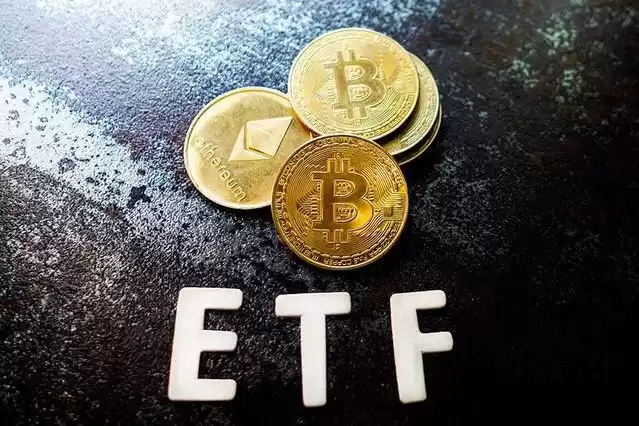
ETFs (exchange-traded funds) are a type of investment fund that tracks a basket of assets, such as stocks, bonds, or commodities. They offer investors a diversified way to gain exposure to a particular market or asset class.
Calculating the return on an ETF involves determining the change in its net asset value (NAV) over a specific period of time. The NAV is the total value of the ETF's underlying assets minus its liabilities, divided by the number of outstanding shares.
Steps to Calculate ETF Return:- Gather the ETF's NAV data: Obtain the ETF's NAV on two different dates to compare. These dates should represent the beginning and end of the period over which you wish to calculate the return.
- Calculate the NAV difference: Subtract the NAV at the beginning of the period from the NAV at the end of the period. This difference represents the change in the ETF's value over the specified time frame.
- Convert the difference to a percentage: To express the return as a percentage, divide the NAV difference by the initial NAV and multiply by 100.
- Annualize the return: If the time period is less than one year, annualize the return to make it comparable to longer-term returns. To do this, multiply the percentage return by the number of years in the time period.
Formula
ETF Return = (Ending NAV - Beginning NAV) / Beginning NAV x 100%Example:Let's say you購入了 an ETF with an NAV of $25 per share on January 1st, 2023. On December 31st, 2023, the ETF's NAV has increased to $27 per share.
Step 1: Gather the ETF's NAV data:
- Beginning NAV (January 1st, 2023): $25
- Ending NAV (December 31st, 2023): $27
Step 2: Calculate the NAV difference:
- NAV difference: $27 - $25 = $2
Step 3: Convert the difference to a percentage:
- Percentage return: ($2 / $25) x 100% = 8%
Step 4: Annualize the return (assume a one-year time period):
- Annualized return: 8% x 1 = 8%
Therefore, the ETF's return for the year 2023 is 8%.
Disclaimer:info@kdj.com
The information provided is not trading advice. kdj.com does not assume any responsibility for any investments made based on the information provided in this article. Cryptocurrencies are highly volatile and it is highly recommended that you invest with caution after thorough research!
If you believe that the content used on this website infringes your copyright, please contact us immediately (info@kdj.com) and we will delete it promptly.
- BlockDAG, DOGE, HYPE Sponsorship: Crypto Trends Shaping 2025
- 2025-10-01 00:25:13
- Deutsche Börse and Circle: A StableCoin Adoption Powerhouse in Europe
- 2025-10-01 00:25:13
- BlockDAG's Presale Buzz: Is It the Crypto to Watch in October 2025?
- 2025-10-01 00:30:13
- Bitcoin, Crypto, and IQ: When Genius Meets Digital Gold?
- 2025-10-01 00:30:13
- Stablecoins, American Innovation, and Wallet Tokens: The Next Frontier
- 2025-10-01 00:35:12
- NBU, Coins, and Crypto in Ukraine: A New Yorker's Take
- 2025-10-01 00:45:14
Related knowledge
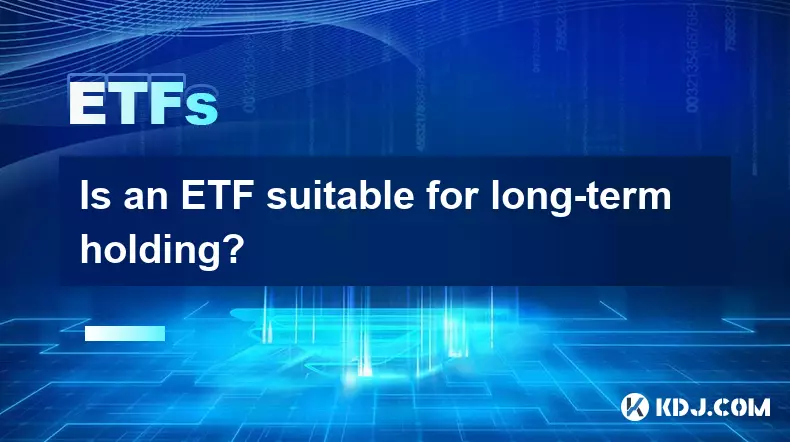
Is an ETF suitable for long-term holding?
Oct 01,2025 at 02:36am
Understanding ETFs in the Context of Cryptocurrency Investments1. Exchange-traded funds (ETFs) have gained significant traction in traditional financi...
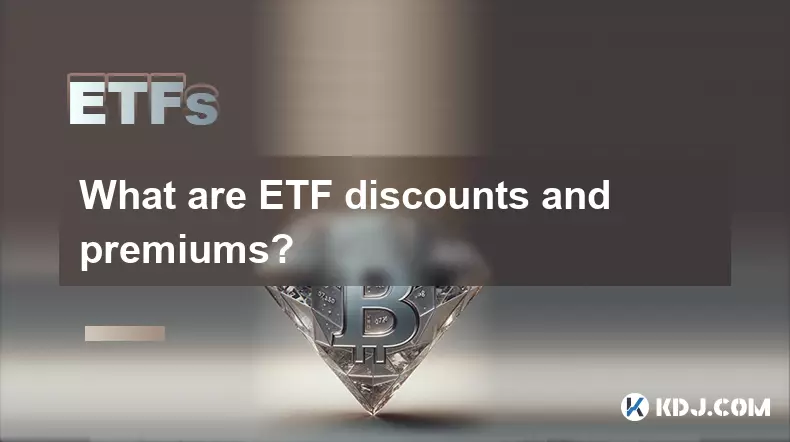
What are ETF discounts and premiums?
Sep 29,2025 at 11:19pm
Understanding ETF Discounts and Premiums1. Exchange-traded funds (ETFs) are investment vehicles that trade on stock exchanges, much like individual st...

How do I evaluate an ETF?
Sep 22,2025 at 11:18am
Evaluating the Fundamentals of an ETF1. Examine the underlying index the ETF tracks to understand its investment focus. Whether it follows a broad mar...
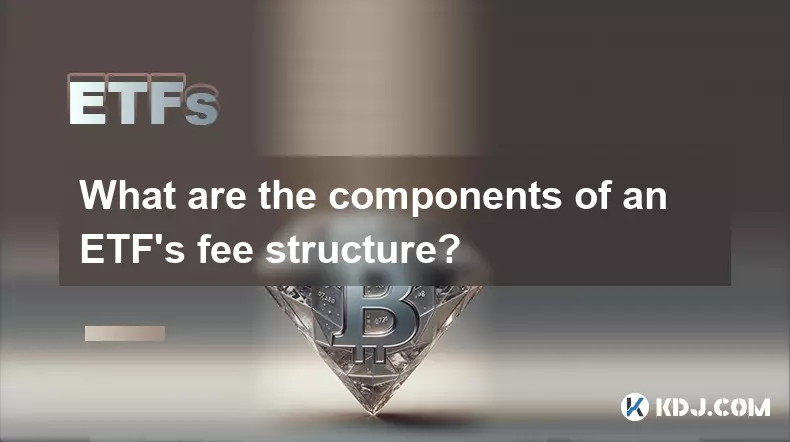
What are the components of an ETF's fee structure?
Sep 30,2025 at 03:54am
Management Fees in ETFs1. Management fees, often referred to as the expense ratio, represent the primary cost investors pay for the operation of an ET...
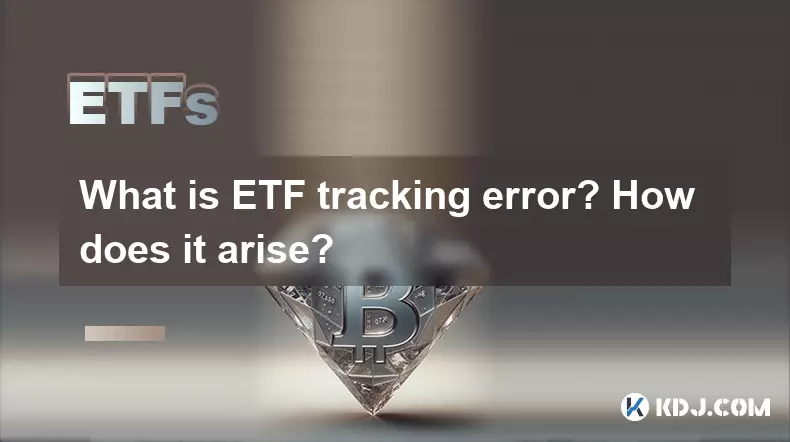
What is ETF tracking error? How does it arise?
Sep 20,2025 at 03:18am
Understanding ETF Tracking Error in the Cryptocurrency Market1. Exchange-traded funds (ETFs) have become a significant bridge between traditional fina...

What factors determine ETF liquidity?
Sep 26,2025 at 05:00pm
Understanding ETF Liquidity Drivers1. The underlying assets of an ETF play a crucial role in determining its liquidity. When the securities within the...

Is an ETF suitable for long-term holding?
Oct 01,2025 at 02:36am
Understanding ETFs in the Context of Cryptocurrency Investments1. Exchange-traded funds (ETFs) have gained significant traction in traditional financi...

What are ETF discounts and premiums?
Sep 29,2025 at 11:19pm
Understanding ETF Discounts and Premiums1. Exchange-traded funds (ETFs) are investment vehicles that trade on stock exchanges, much like individual st...

How do I evaluate an ETF?
Sep 22,2025 at 11:18am
Evaluating the Fundamentals of an ETF1. Examine the underlying index the ETF tracks to understand its investment focus. Whether it follows a broad mar...

What are the components of an ETF's fee structure?
Sep 30,2025 at 03:54am
Management Fees in ETFs1. Management fees, often referred to as the expense ratio, represent the primary cost investors pay for the operation of an ET...

What is ETF tracking error? How does it arise?
Sep 20,2025 at 03:18am
Understanding ETF Tracking Error in the Cryptocurrency Market1. Exchange-traded funds (ETFs) have become a significant bridge between traditional fina...

What factors determine ETF liquidity?
Sep 26,2025 at 05:00pm
Understanding ETF Liquidity Drivers1. The underlying assets of an ETF play a crucial role in determining its liquidity. When the securities within the...
See all articles










































































